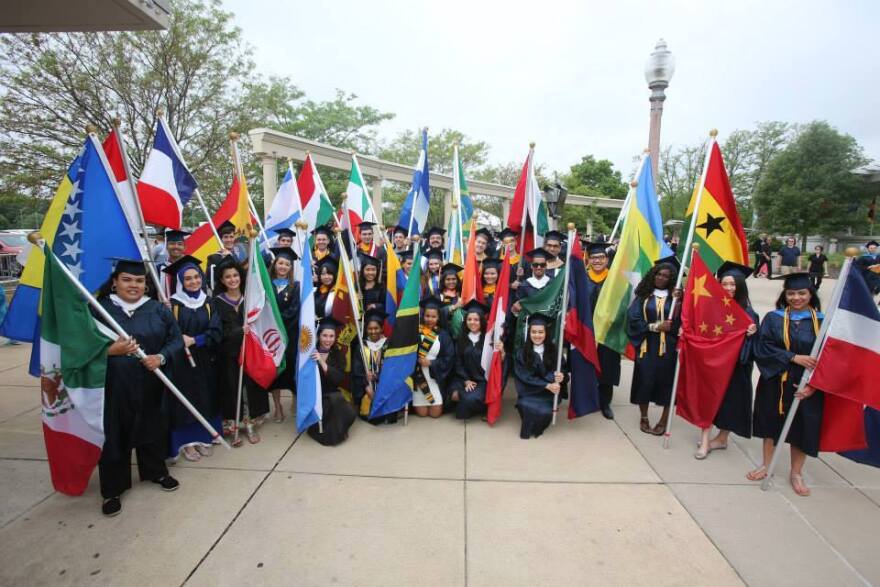The foreign-born population in the St. Louis area grew by about 9 percent from 2014 to 2015, according to census data collected in the American Community Survey.
During that time, the number of immigrants grew to 129,559. St. Louis attracted the highest percentage increase of the nation's top 20 metropolitan areas, beating out New York City, Chicago, and San Francisco.
Immigrants make up less than 5 percent of the region's residents, and building on an already small community can be hard, said Betsy Cohen, executive director for the Mosaic Project. The organization has been working since 2013 to make St. Louis the fastest-growing area for immigrants by the next census in 2020. It works in tandem with a number of other local organizations that support people who are new to country.
“It’s very rewarding after three and a half years of organizing that we can see the efforts are starting to take hold,” Cohen said. “It’s like wheels turning, when we all run together, you can truly move the region ahead economically, culturally, and socially.”
Without foreign-born residents, St. Louis’ population would have declined in 2015.
Gabriela Ramírez-Arellano is a recent transplant to St. Louis, via Detroit. Originally from Guanajuato, Mexico, she is a business counselor for the Hispanic Chamber of Commerce.
_
Ramírez-Arellano is no stranger to Missouri; she grew up in Troy, Mo., after her father was transferred from a General Motors plant in California to the plant in Wentzville in the mid-80’s.

Adjusting to a new state wasn't easy.
“Every day I heard 'what are you?' because I wasn’t white and I wasn’t black,” Ramírez-Arellano recalls. “They were not aware of other races and ethnicities besides them. It was frustrating. But now that I’ve come back, I hate to be cliché, but it’s been a welcoming experience. I feel like things have shifted, there’s an increase in Latinos in the area, there’s more of a support network, and it’s a totally different experience.”
Ramírez-Arellano is proud to see the numbers from the community survey, in part because her work with the chamber has helped many new immigrants to the area. Still, she is cautious with her optimism.
“Of course we’ve been working so hard for this, but I also think that the numbers are telling two different sides of the story,” Ramírez-Arellano said. “Even though we are growing, a lot of it is from people coming to the universities. So yes we’re growing, but at the same time, I don’t always feel that we have the infrastructure in place to support that growth.”
Organizations like the Mosaic project, the International Institute, and the New American Alliance continue plugging away to make immigrants to the area feel welcome — whether or not they are enrolled in school.
“We need to increase our awareness that these are all people who are very valuable,” Cohen said. “And that to the extent that they are welcome and successful here, they will make our region more successful.”
Follow Jenny on Twitter @jnnsmn

